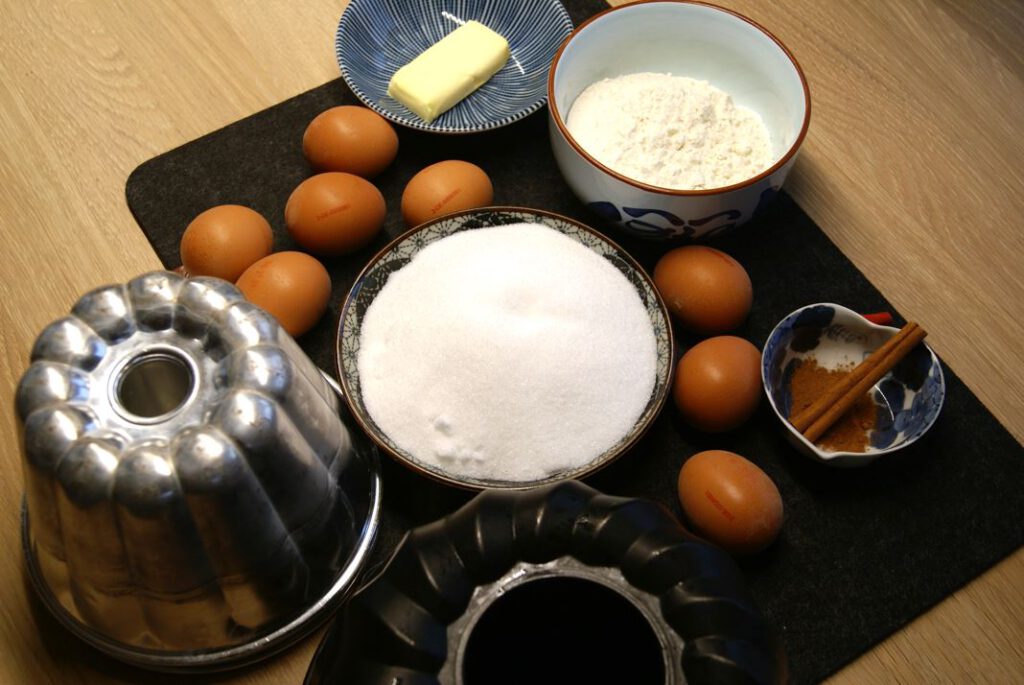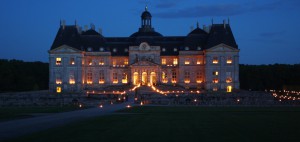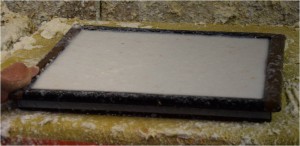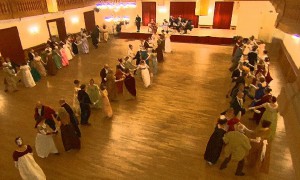Many readers of Regency novels are fascinated by driving a carriage: It’s partly romantic, partly adventurous and in our accelerated times comfortingly nostalgic. Most people of the Regency period would shake their heads at such attitudes. To them, driving a carriage was mainly a means of transport and not even a convenient one: Stage coaches were crammed with passengers, accidents happened frequently, and to become sick in a carriage wasn’t unusual.
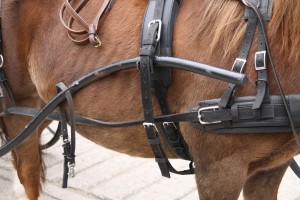
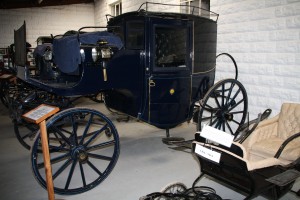
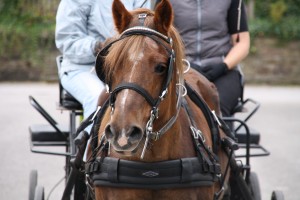
To find out how travelling in a coach felt like 200 years ago, you can visit the museum of travel and traffic, “Deutsches Museum Verkehrszentrum”, if you happen to come to Munich, Germany. There is a simulator of a historical coach waiting in Hall II. Climb in and experience the Regency period.
If you are really serious about researching carriages and carriage driving in the Regency period, there is a more hands-on option.
Continue reading →


